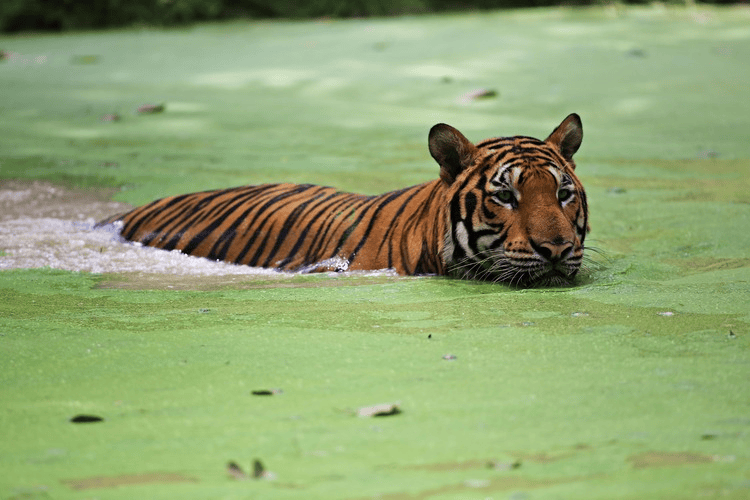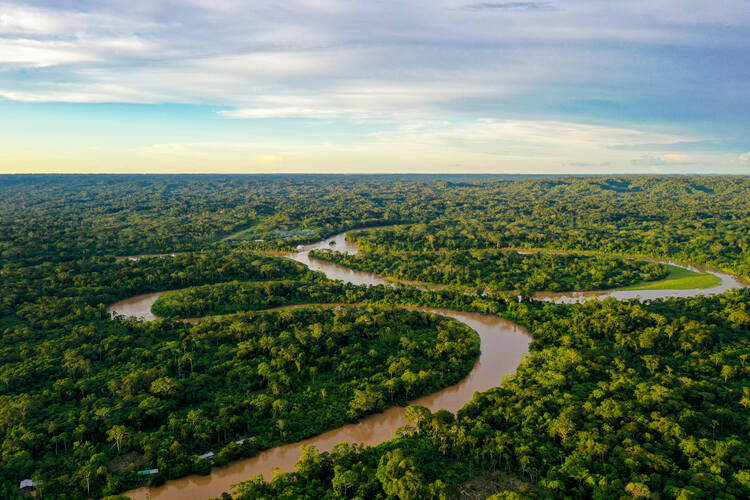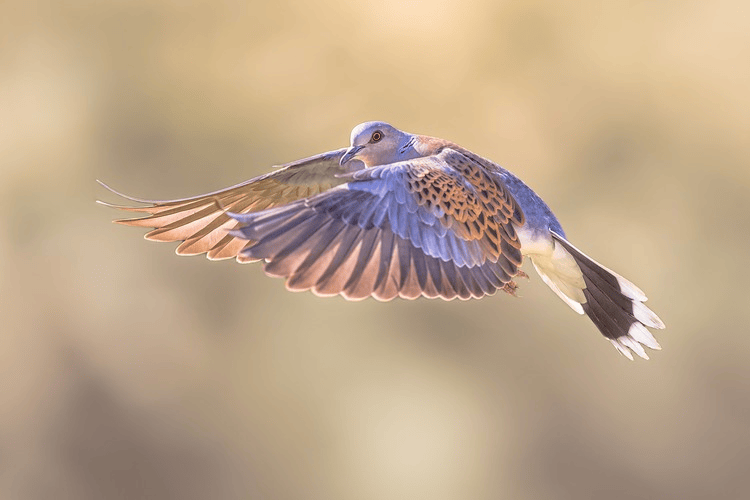
From saving turtle doves to banning destructive bottom trawling, recap some of the best conservation efforts in 2024
By
Bad news travels fast. It’s a phenomenon that still applies to the world of nature, where the big stories of the ill effects of climate change can easily eclipse the progress being made to help our world’s ecosystems, environments and wildlife.
Yet numerous organisations across the world have made major steps in conservation for a multitude of species and landscapes – so as we approach the end of the year, what better time to round-up some significant wins for the planet? Here we reveal six ways that the natural world has seen positive change in 2024:
1) Thailand tiger populations increased
Following unrelenting conservation efforts across many years, the population of tigers in Thailand officially increased this year – a 250 per cent rise over a 15-year period from 2007 to 2023.
Other nearby countries, including Laos, Vietnam, and Cambodia, have faced the entire extinction of tigers for over two decades, so the revitalisation of the species in Thailand is certainly a cause for celebration.
The uptick in the tiger population can be attributed to the patrolling of Thailand’s Department of National Parks, Wildlife and Plant Conservation. Their presence discourages illegal hunting and logging in the region, both of which were major threats to the species.
Knock-on effects of the tigers’ booming numbers include the first documented causes of banteng – an endangered species of wild cattle which tigers feed on – in areas where they were previously never seen.
2) Deforestation dropped to a nine-year-low in the Amazon

2024 saw the lowest annual loss of the Amazon rainforest recorded for nine years, dropping by 31 per cent over the last year.
Under Brazil’s current President Lula, stricter measures have been enforced to revitalise the vast expanse of rainforest, including reactivating the Amazon Fund, a private fund which uses donations to fund projects that support the Amazon. Donations to the fund, or approvals for projects, were previously blocked by the former Brazilian administration.
Still, an area of around 2,400 sq. miles (approximately 6,300 sq. km) was destroyed last year – larger than the state of Delaware – so conservation efforts are required in order to reduce this figure as much as possible.
Enjoying this article? Check out our related reads:
3) The first country to ban bottom trawling
In 2024, Greece became the first country to ban bottom trawling in its protected waters by 2030, a measure that will be enforced by patrolling through high-tech measures, including drones, satellites and AI.
Bottom trawling – when heavy fishing nets are dragged across the bottom of the ocean – is an incredibly destructive and damaging way to fish for both wildlife and ecosystems alike. The method also brings up buried carbon, and a sizeable amount at that: one study conducted in 2021 suggests that globally, this type of fishing releases as much CO2 as air travel.
4) Efforts to conserve Altyn Dala were recognised on a major scale
Similar in size to the entire country of Turkey, Altyn Dala is the world’s largest steppe grasslands (a type of grassland found in Eurasian temperate climates) found in Kazakstan, and has been under the watchful eye of a conservation initiative since 2005.
This year, its efforts reached global recognition through winning The Earthshot Prize 2024, an award that looks out for the best planet-repairing innovations.
One of the initiative’s biggest wins is recovering the populations of the Saiga Antelope, whose numbers now sit at more than 2.8 million in 2024 – vital for restoring the region’s biodiversity.
Next, the project will further consolidate its anti-poaching and anti-smuggling activities and continue to restore threatened species.
5) Rare birds on remote island were saved from extinction
Found only on the Nightingale Island of Tristan da Cunha – a remote group of islands in the South Atlantic Ocean with a human population just shy of 250 people – the Wilkins’ Bunting is a species of bird that feeds on a specific fruit only found there.
But due to an invasive insect, this fruit – from Phylica trees – was completely decimated, leaving the bird species’ survival hanging in the balance.
However, thanks to a small wasp (Microterys nietneri) and big conservation efforts, the fate of Wilkins’ Bunting was quickly changed in 2024.
Scientists discovered that this particular wasp decreased the population of the invasive insect without impacting other species. After a 10,000km trip to bring these wasps to the island, only a handful remained – but still enough to eventually begin a sizeable population that led to recovering trees (and more fruit for the birds). Along with the wasp introduction, scientists also planted more trees on the island as a way to support populations.
Still, Wilkins’ Buntings remain at risk, but researchers remain hopeful that their numbers will stabilise and populations will ultimately recover.
6) Better protection for turtle doves

In the world of birds, another species became the centre of conservation efforts this year – turtle doves. These creatures had previously experienced one of the most extreme declines of any bird species in the UK, due to both hunting as well as a lack of suitable food and breeding grounds when they migrate here to breed.
However, temporary bans on hunting were extended into 2024, allowing populations to rise. It was announced back in August that the first two years of this ban were a major success, resulting in the western European population of the doves increasing by 25 per cent.
As well as this, an aptly-named project coined Operation Turtle Dove (led by RSPB) focused on farmers, landowners and communities to ensure that habitats and food were in abundance for the birds once they arrived in the country.



